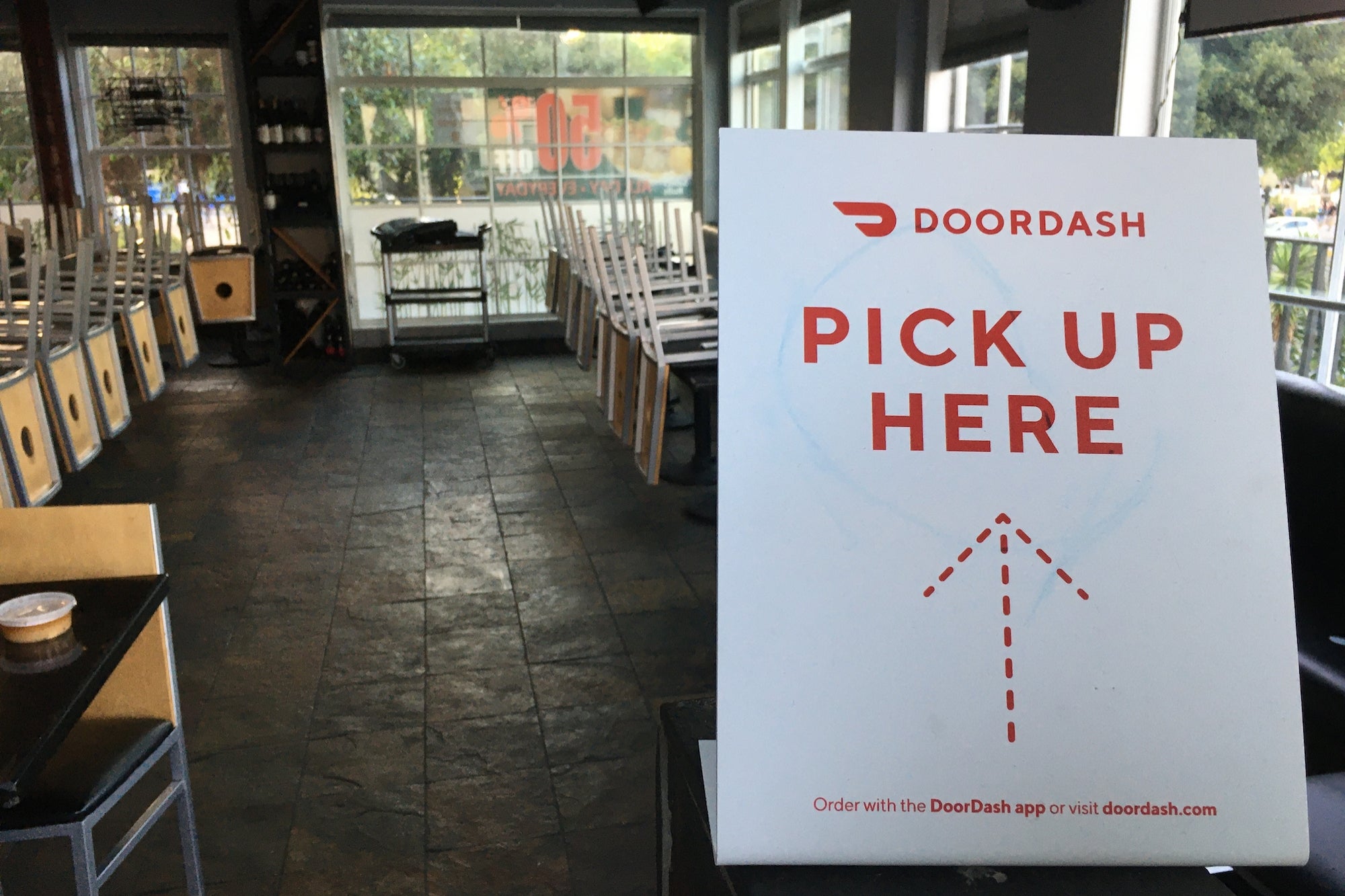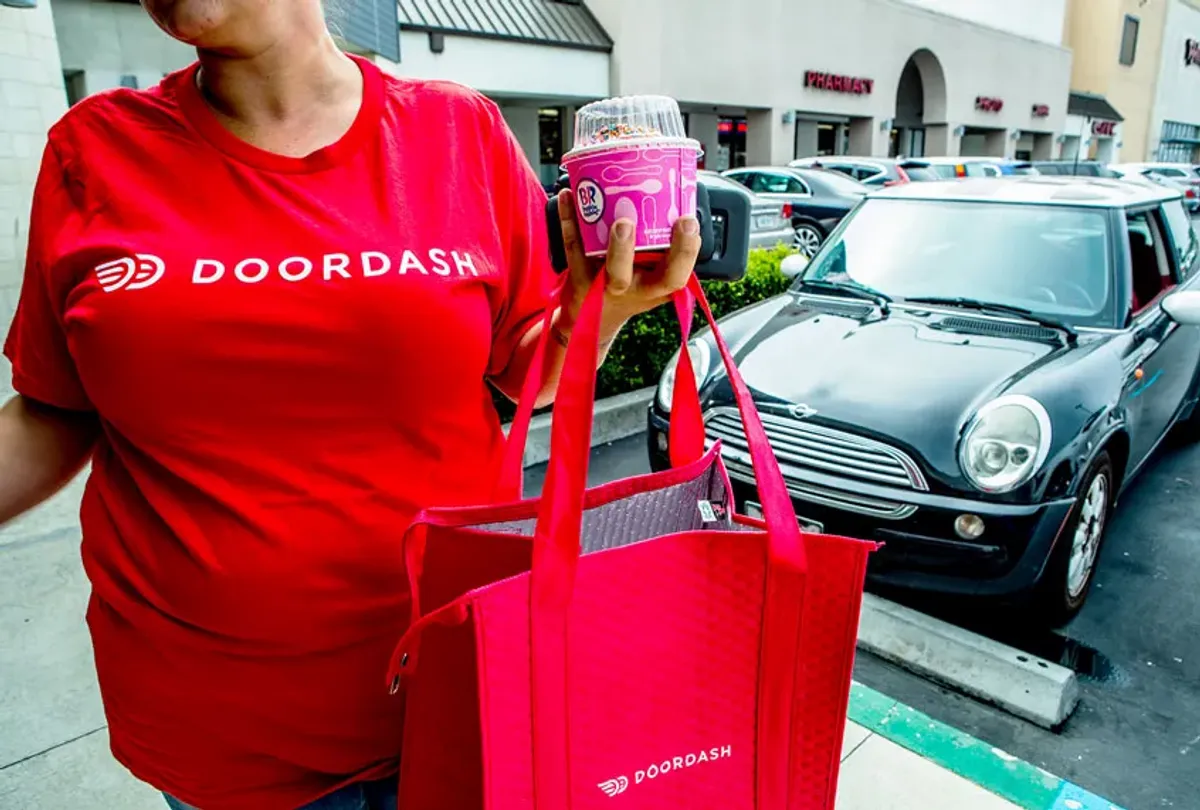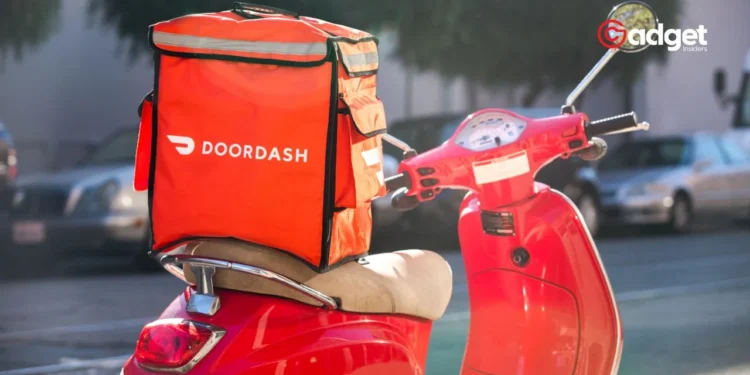In an era where gig economy jobs are becoming increasingly popular, many are turning their eyes towards DoorDash, the largest food delivery service in the United States, boasting 20 million customers and a million drivers. The allure of flexible schedules and the potential for substantial earnings make DoorDash an attractive option for those looking for a full-time gig or a simple side hustle.
A recent surge in interest in the actual earnings of DoorDash drivers has sparked widespread discussion across social media platforms. Curiosity peaked when a Reddit user pondered whether to switch careers, probing the community for a ballpark figure on potential earnings. The responses, varying significantly, painted a fascinating picture of the financial realities of dashing.
One driver from a suburban area near an uptown cluster of about 50 to 60 restaurants shared that they make between $30 to $40 per hour. Their strategy? Staying put in a high-density restaurant area and selecting orders that pay at least $2 per mile. This driver’s experience underscores the importance of strategic positioning and selective order acceptance in maximizing earnings.

DoorDash: Variable Income Based on Geography and Strategy
However, not all drivers report such high earnings, illustrating the variability of income in the gig economy. Another driver averaged about $30 per hour, noting daily fluctuations that could dip to $25 or rise to as high as $40.
The consensus among drivers suggests that while DoorDash can be a lucrative side hustle, earnings heavily depend on the geographical area, the density of orders, and strategic decisions made on the job. In more affluent areas like the Bay Area in California, earnings can be as high as $35 an hour.
Contrastingly, drivers in smaller cities or towns, or those working less optimal hours, might find the gig less profitable, sometimes averaging as low as $10 per hour after accounting for expenses like gas.
DoorDash driver explains how much he makes per delivery and people are staggeredhttps://t.co/7JAfamH6Pl pic.twitter.com/jjGnpyvJoU
— MirrorUSNews (@MirrorUSNews) May 13, 2024
The Flexibility and Pitfalls of Dashing
For many, the flexibility of dashing—being able to work on their schedule—is a significant draw. One user described the learning curve of figuring out the most profitable times and places to work, eventually finding it to be a flexible way to earn extra money.
This sentiment was echoed by a high school teacher who dashes part-time, especially during the summer and school breaks.

Although the income wasn’t always stable, the flexibility to supplement their salary when convenient is invaluable.
Yet, there are downsides. The same teacher noted that despite the flexible schedule, the income was not dependable enough to consider quitting their day job. The sporadic nature of the work and the varying demand make it a risky sole income source.
Becoming a Dasher
For those considering joining DoorDash, the requirements are straightforward: be at least 18 years old, possess a mode of transportation (car, bike, scooter), and pass a background check. The signup process is quick, and most can start earning within days, making it an accessible option for many looking to earn extra income.

As the gig economy continues to evolve, the experiences of DoorDash drivers offer a valuable glimpse into the potential and challenges of such work. Whether as a primary job or a supplementary income, DoorDash presents a viable option for many, though it comes with its set of variables that can significantly affect earnings.
Interested in becoming a DoorDash driver or learning more about the gig economy? Visit the DoorDash website for more information or reach out to us with your stories and experiences.










